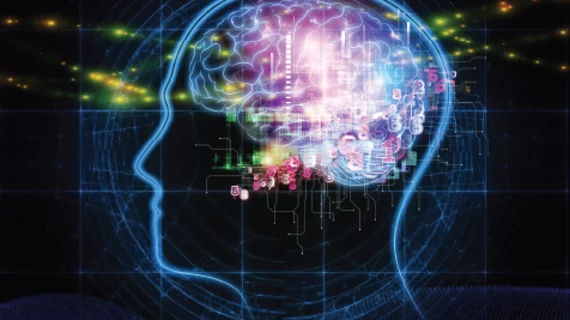Health orgs publish special report about gadolinium retention, GBCA use in imaging
The safety of gadolinium-based contrast agents (GBCAs) has been one of the biggest topics in imaging in recent years, sparking its fair share of controversy. In February, the National Institutes of Health (NIH), RSNA and American College of Radiology (ACR) cosponsored a workshop about that very issue, working together to craft a “research roadmap” that explores what researchers know—and don’t know—about GBCAs.
Now, that roadmap has been published in Radiology, giving specialists a valuable resource whenever they may have questions or just seek to learn new information.
“It is our hope that this roadmap can serve to promote global, comprehensive collaborative research that effectively addresses the many important questions on the clinical significance of gadolinium retention in patients undergoing contrast-enhanced MRI examinations,” Herbert Y. Kressel, MD, co-author of the report and a professor of radiology at Harvard Medical School in Boston, said in a prepared statement.
The team’s biggest priorities include learning how gadolinium retention affects human tissue and how it is associated with “short-term or long-term clinical manifestations.”
“The workshop was helpful in identifying the knowledge gaps that need to be addressed to understand the clinical significance of observed signal increases in the brains of patients receiving these agents, as well as those due to the retention of gadolinium in bone, skin and liver and other portions of the brain that do not demonstrate signal intensity increases on MRI,” Kressel, a former editor for Radiology, said in the same statement. “Understanding the biologic changes due to the retention in these areas is essential in determining the clinical significance, if any, of gadolinium retention.”
GBCAs are still considered safe to use during MRI scans, though some are associated with nephrogenic systemic fibrosis in patients with advanced kidney disease. Kressel explained that one benefit of collaborating with so many researchers during the workshop was that they were able to identify potentially vulnerable populations of patients who could be susceptible to GBCA-related issues later in life.
Related MRI Contrast Agent Safety Content:
A deep dive into gadolinium-based adverse reactions
Allergic reactions to iodinated CT contrast increase likelihood of sensitivity to GBCAs
Researchers detail data on gadolinium-related adverse reactions
Radiologists must take a data-driven approach to discuss gadolinium, mitigate liability risk
Radiologists see potential to reduce GBCA administration with new synthetic MRI technique
Gadolinium-based contrast agents are safe, even at higher doses, new research suggests
Gadolinium debate rages on, with radiologist questioning recent GBCA liability guidance
ACR committee proposes new term for symptoms associated with gadolinium exposure
Closing the knowledge gap on gadolinium retention risks
Radiologists find direct evidence linking gadolinium-based contrast agent to higher retention rates
AI software that eliminates need for gadolinium contrast during imaging exams wins patent
Research may offer new method to detect GBCA on MRI
Radiology, other multispecialty groups urge caution with GBCAs during interventional pain procedures
Cardiac MRI contrast agents are low-risk and safe for ‘overwhelming’ majority of patients
Rodent brains retain gadolinium after repeated administration of GBCA a year after injection
Advanced MRI mapping spots traces of gadolinium in the brain invisible during conventional scanning
Radiologists should keep patients’ best interests in mind to mitigate gadolinium liability risk

